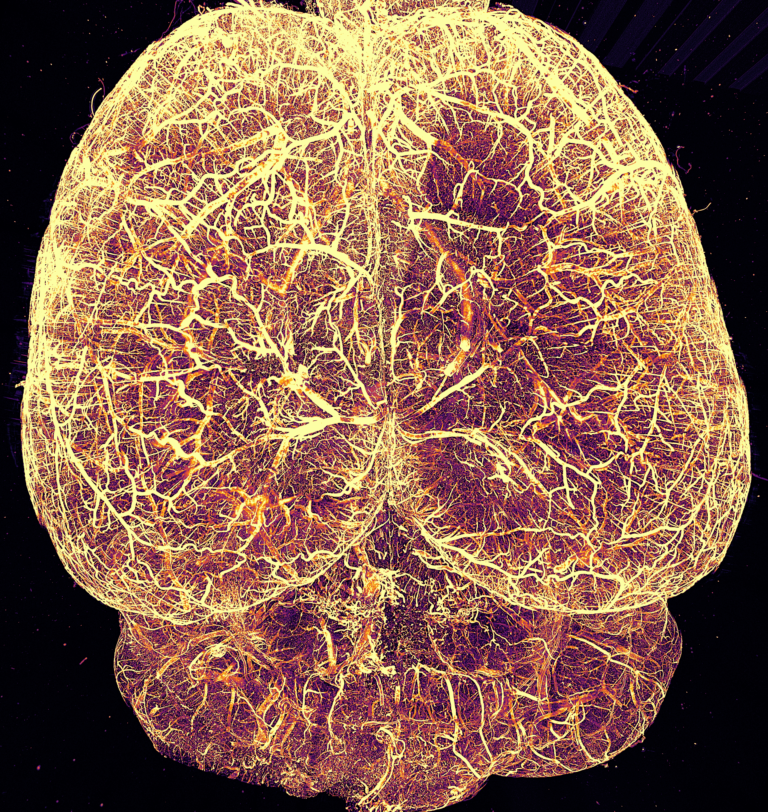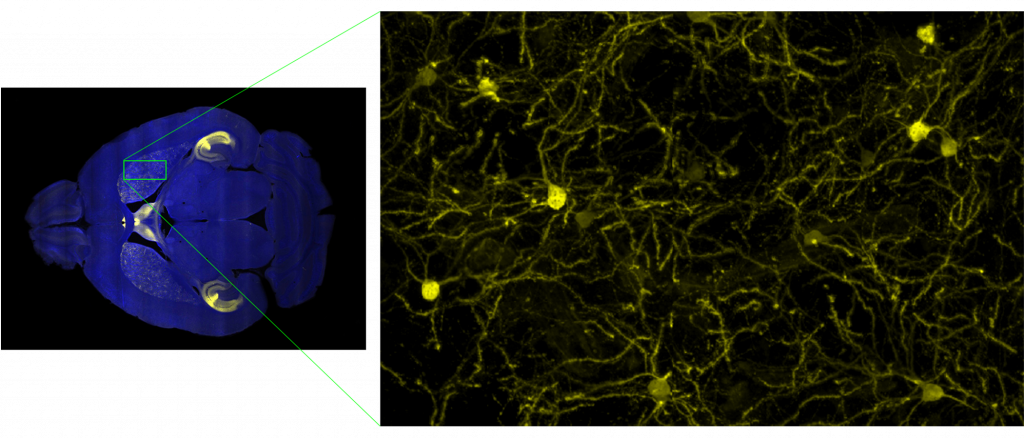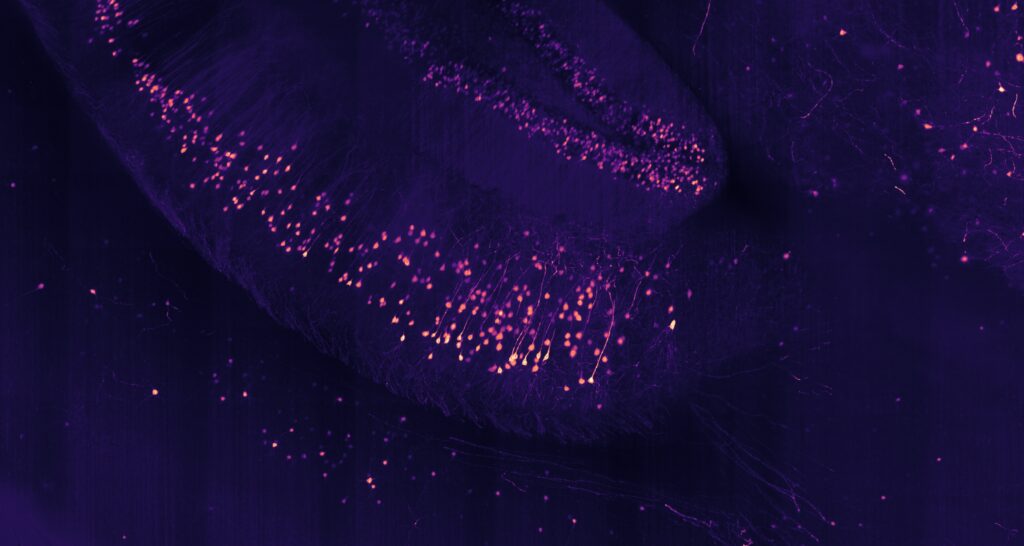Start Your Journey
Every research question is unique. Our team of scientists is ready to help you determine the optimal combination of tools for your specific needs. Want to explore how tissue clearing and light sheet microscopy could advance your research? Contact us to discuss your specific applications and needs.








